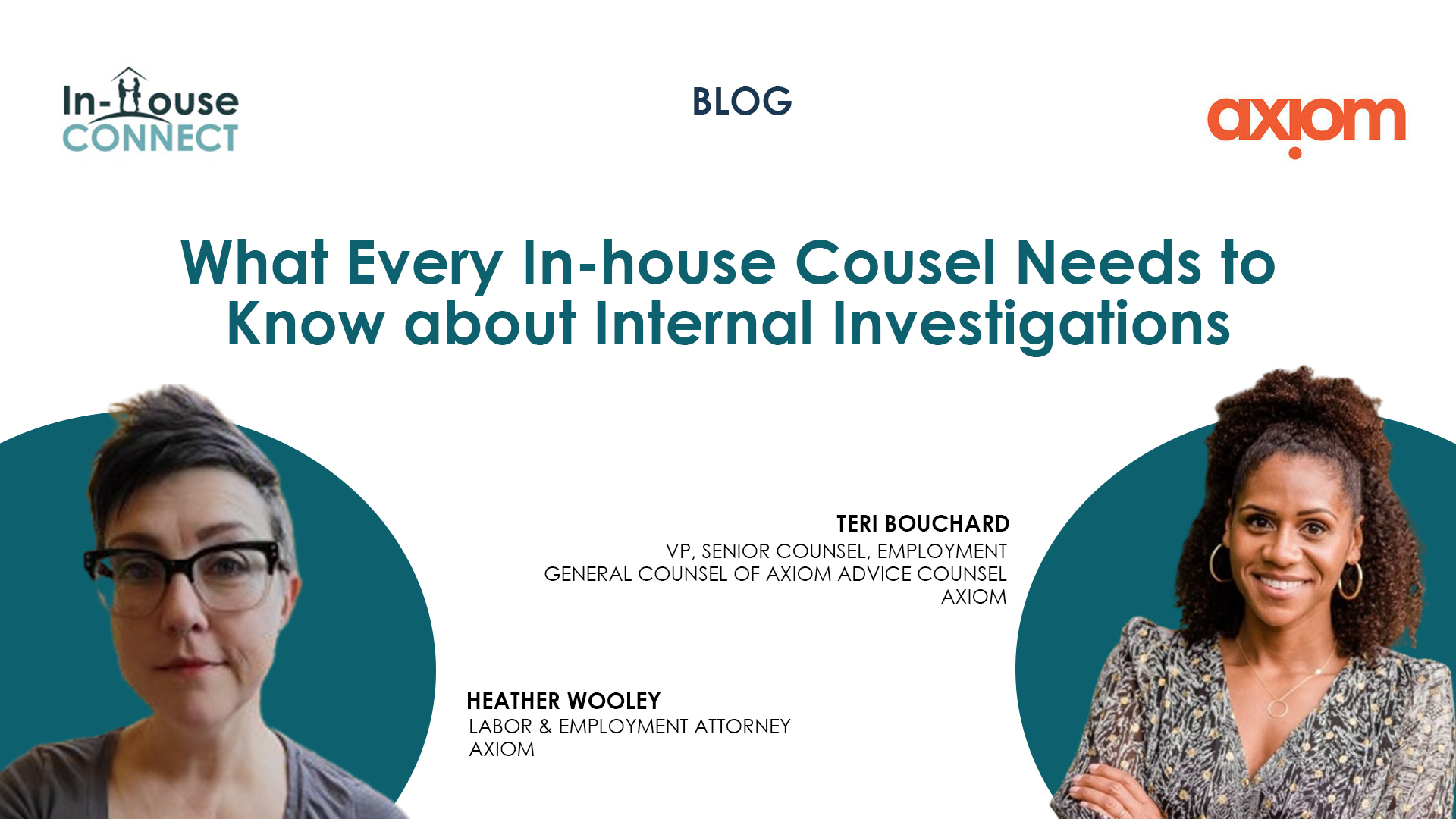In the fast-paced world of commercial contracting, efficiency and clarity are essential. An innovative approach to streamlining contract negotiations is the “Strike Zone” framework, introduced by Kathy Zhu, co-founder, and CEO of Streamline AI.
Introduction to the “Strike Zone” Framework by Kathy Zhu
Kathy Zhu developed the “Strike Zone” framework to address the common challenges legal teams face during contract reviews, such as lengthy processes, inconsistent stances, and high contract volumes. Inspired by the sports world, where the strike zone determines the pitches a batter should hit, the “Strike Zone” framework helps legal teams determine which contract terms are fully acceptable, which are fallback options, and which are non-negotiable.
Green: Acceptable Terms
The “Green” zone represents terms that are fully acceptable to your organization. These terms align with your company’s risk tolerance, business objectives, and standard practices. When a clause falls into the green zone, it means the terms are favorable and can be agreed upon without further negotiation.
For instance, an acceptable term in a service agreement might be a standard confidentiality clause that matches your organization’s existing policies. By clearly defining acceptable terms, legal teams can expedite the review process, minimizing unnecessary back-and-forth with counterparties.
Yellow: Fallback Terms
The “Yellow” zone includes terms considered fallback options. These clauses may not be ideal, but they are still within the realm of acceptability. The yellow zone acts as a middle ground—terms that are not the first choice but can be accepted to close a deal if necessary.
An example of a yellow zone term might be a limitation of liability clause that, while not as favorable as preferred, still provides a reasonable level of protection. Having a predefined set of fallback terms enables the legal team to make swift decisions without constantly seeking higher approvals, thus speeding up the negotiation process.
Red: Non-Negotiable Terms
The “Red” zone consists of terms that are entirely non-negotiable. These are clauses that, if included in the contract, would expose the organization to excessive risk or contradict core policies. Red zone terms are deal-breakers, and the legal team must be resolute in rejecting these clauses.
Non-negotiable terms might include unlimited indemnity clauses or on-site audit provisions that conflict with your company’s operational capabilities. By clearly identifying these non-negotiable terms, your team can quickly eliminate unsuitable contracts and focus on more viable opportunities.
Benefits of the “Strike Zone” Framework
- Clarity and Consistency
The framework provides a clear and consistent approach to evaluating contract terms, making it easier for legal teams to stay aligned.
- Efficiency
By categorizing terms in advance, the “Strike Zone” framework reduces the time needed for contract reviews and negotiations.
- Empowerment
Legal and sales teams are empowered to make informed decisions quickly, without having to seek constant guidance from higher-ups.
- Risk Management
The framework helps manage risk more effectively by ensuring that non-negotiable terms are consistently avoided.
The “Strike Zone” framework is a transformative tool that can significantly improve how in-house legal teams approach contract negotiations. By categorizing terms into green, yellow, and red zones, this framework offers clarity, enhances efficiency, and helps manage risk more effectively. In an era of increasing complexity in commercial contracting, adopting structured approaches like the “Strike Zone” framework can be a game-changer for your organization.
Missed This Webinar? You can watch it now via IHC On-Demand!







